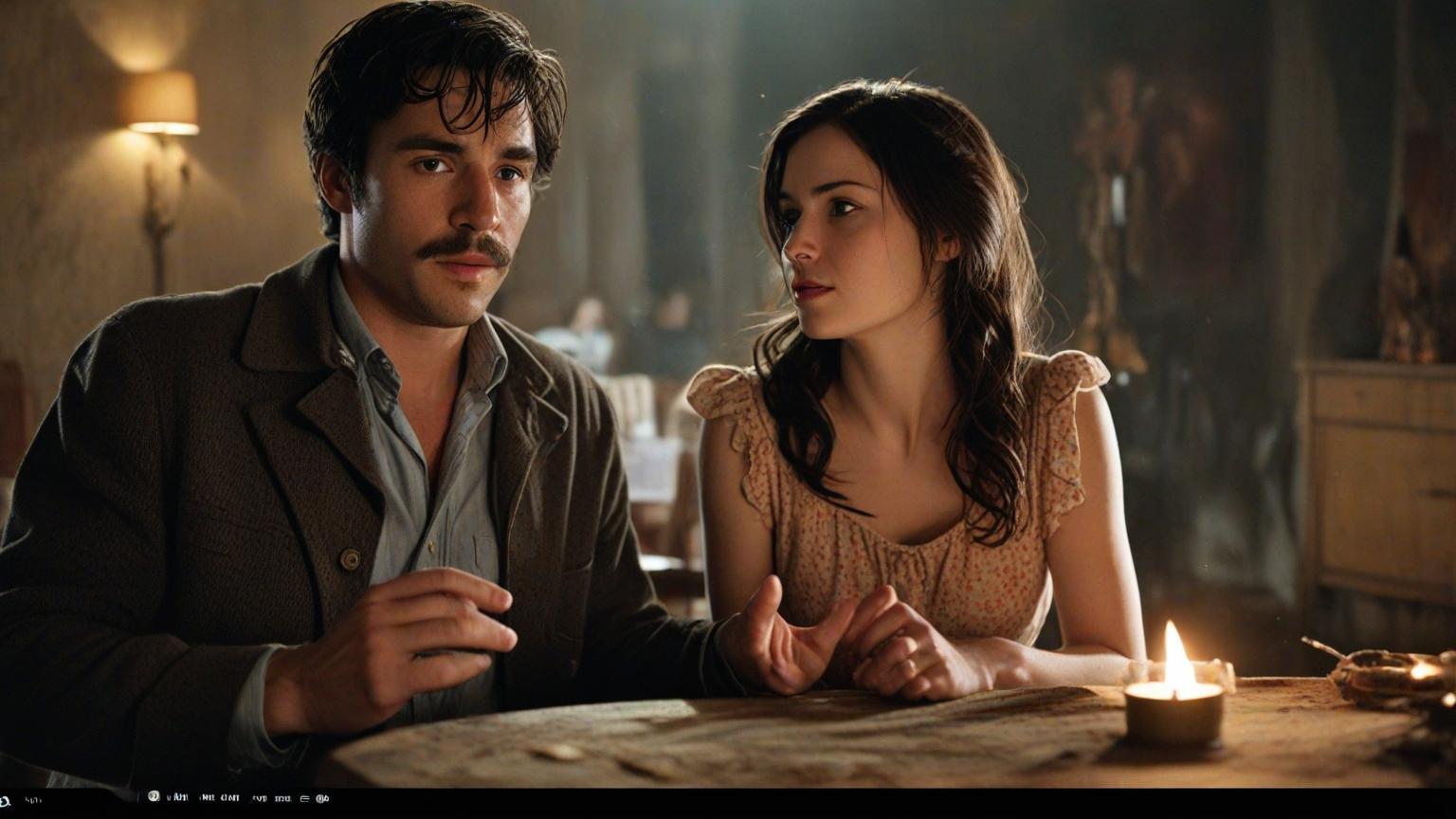In an industry driven by predictable formulas and recycled tropes, the twist ending is a refreshing breeze that reinvigorates our passion for cinema. From the infamous shock revelations in classics like 'The Sixth Sense' to the mind-bending plots of modern masterpieces like 'Get Out', moviegoers have long been fascinated by films with the power to completely reshape narratives in the final moments. But what makes a twist ending so irresistible, and why do they continue to pull us back to the theaters time and again?
The art of the twist hinges on the delicate balance between credibility and shock value. When executed masterfully, it provides a reward for the attentive viewer—a hidden layer of depth that recontextualizes the entire story. This kind of plot maneuver demands a blend of skill and subtlety, ensuring hints are woven into the narrative without ever betraying the twist. A successful twist doesn't just change a storyline; it changes the audience's perception of everything they've seen, prompting debates, discussions, and, of course, repeat viewings.
Perhaps one of the key reasons twist endings are so thrilling is their role in engaging the audience's intellect. When viewers come across a cleverly constructed twist, it activates their critical thinking. They sift through the film in retrospect, piecing together clues they might have missed, mentally applauding clever filmmaking, or appreciating the subtlety of storytelling. This cognitive engagement can make audiences feel more connected to what they’re watching, turning passive viewing into an active experience.
But why do scriptwriters and directors choose to weave such intricate storylines? One reason is the competition—it’s fierce, and twist endings provide a competitive edge. They offer a narrative punch that sets a film apart from its peers, often helping it to linger in popular consciousness longer. For filmmakers, a well-executed twist becomes a signature move, a calling card demonstrating their narrative prowess.
Furthermore, twist endings often reflect larger themes, resonating with societal narratives or personal struggles. Films like 'Fight Club' and 'The Usual Suspects' reveal more about identity and perception, serving as metaphors for broader existential questions. These thematic undercurrents make twists not just a gimmick but an integral part of storytelling.
However, not all twists are met with universal acclaim. The line between clever and contrived is thin, and straying into the latter can backfire. Poorly executed twists can deflate a movie’s credibility, frustrating audiences who feel deceived by cheap tricks rather than enthralled by innovative storytelling. M. Night Shyamalan’s journey from 'The Sixth Sense' to movies like 'The Village' exemplifies the peril of becoming typecast as a 'twist' director.
What about the future of twist endings? Like any storytelling device, twists must evolve to stay relevant. With audiences growing increasingly savvy to common plot mechanics, filmmakers must innovate, finding new ways to surprise and challenge familiar archetypes. This might include blending genres more seamlessly, creating more ambiguous narratives, or incorporating twists that resonate on an emotional level rather than purely an intellectual one.
The democratization of content creation, where platforms like YouTube and TikTok allow anyone to become a filmmaker, may also lead to more experimental storytelling. As new voices enter the cinematic scene, fresh takes on twists should emerge, offering diverse and exciting narratives for audiences.
In the age of spoilers, social media discussions, and reduced attention spans, twist endings stand as a testament to the enduring power of storytelling. They remind us of the joy of discovery—of seeing the world through a film's lens, twisted around unexpected corners and into unknown realms. They invite us to rewatch and replay, to explore the interplay of narrative styles, to appreciate not just what is shown, but how it’s delivered.
Ultimately, the thrill of a great twist mirrors the magic of cinema itself—a medium where dream meets reality, and nothing is quite what it seems. As long as filmmakers continue to find creative ways to challenge perceptions, the twist ending will remain an invaluable tool in the cinematic toolbox, one that draws us back to the theater, eager to be surprised.
The phenomenon of surprise-packed cinema - Why twist endings still capture audiences

